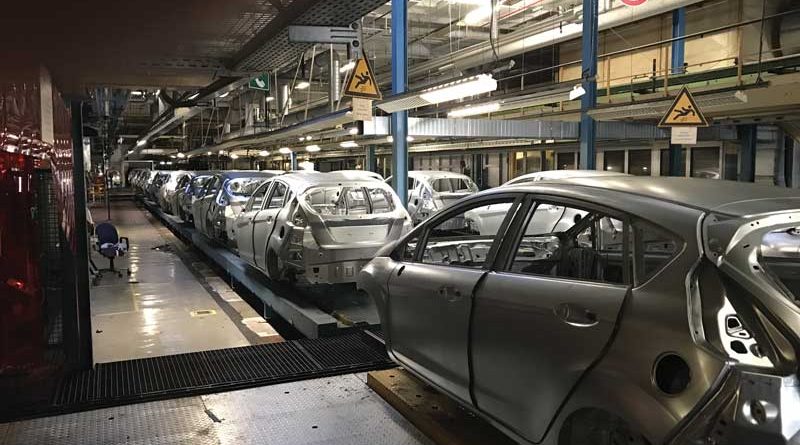Teamwork in the automotive industry
Rockwell Automation teamed up with a German system integrator to recommission a relocated conveyor system at Ford in Cologne. The project included the deployment of a new control solution
by Ginevra Leonardi
Rockwell Automation and a local systems integrator (SI) have recently joined forces to help Ford in Cologne with the relocation and recommissioning of a conveyor-driven storage area, with over 100 conveyors, from an older site into a live production environment. As well as the logistical elements of the move, both companies had to work together to change the redundant and unsupported incumbent control infrastructure, replacing it with a contemporary solution comprising the automotive industry’s Modular Control Program (MCP) standard running on an Allen-Bradley® Logix-based architecture.
Main challenges: time and control
Rockwell Automation and the SI faced a number of challenges in this application, with the primary issue being time. Like all lean production environments in the automotive industry, there can be no weak links or bottle necks and the lines this conveyor solution was going to serve were about to ramp up to full production. This meant that the relocation and subsequent commissioning was critical to the production line’s operation and no delays would be acceptable. Compounding the time issue was the development of the new control infrastructure, which had to be replaced with a new standards-based solution. It was for this reason that the SI – upon a recommendation from the sponsoring engineer at Ford – involved engineers from Rockwell Automation, not only for their knowledge of the MCP standard that Ford had requested, but also for their intimate knowledge
of the Logix architecture.
A system for the automotive industry and other sectors
MCP is a standard that was co-developed by Rockwell Automation for the automotive industry, but also has potential in other applications with conveyor installations, such as in the pharmaceutical industry. It is a modular programming and control solution, which in some installations runs complete automotive plants, including facilities management and final assembly. With an open and modular architecture it can easily interface with other systems, as well as using existing legacy communication buses. Thanks to the open architecture of the Logix solution, the programmable automation controllers (PAC) are also data agnostic, meaning they can interface with a multitude of third-party devices and networks. MCP requires a Studio 5000® based PAC Version 16 or higher and is built in the FactoryTalk® View environment. In this instance, the new installation is running on an Allen-Bradley ControlLogix® PAC, which is connected to various Allen-Bradley POINT I/O™ modules via EtherNet/IP™. An Allen-Bradley PanelView™ Plus graphic terminal provides the feedback and operator interactions.
Programming and operating
Two Rockwell Automation engineers involved in the project programmed the first series of conveyors in the new installation from scratch in around three days – ramping them up to basic operation and with functional HMIs. The SI’s engineers took over and in the space of a weekend were able to get the installation operating in automatic mode – and fully commission it. “The line is now up and running and has subsequently been extended; and we are also finalising, polishing and wrapping up the code library for future projects, as well as developing templates and training programmes” according to Holger Adam, Global Technical Consultant Automotive Industry and Team Lead at Rockwell Automation Germany. “MCP makes all our conveyor systems operate in exactly the same way wherever it is introduced. This means that we can rotate our personnel and still have the same level of expertise from whomever is in attendance” David Green, Supervisor Controls and Standards, VOME Body Construction at Ford, adds. “In addition, having a standard means that we can implement any system in a much shorter time period and with the knowledge that it is installed to our requirements. We produce 1,800 units per day through the conveyor system, so any downtimeand interfacing with any other system is critical”. l

